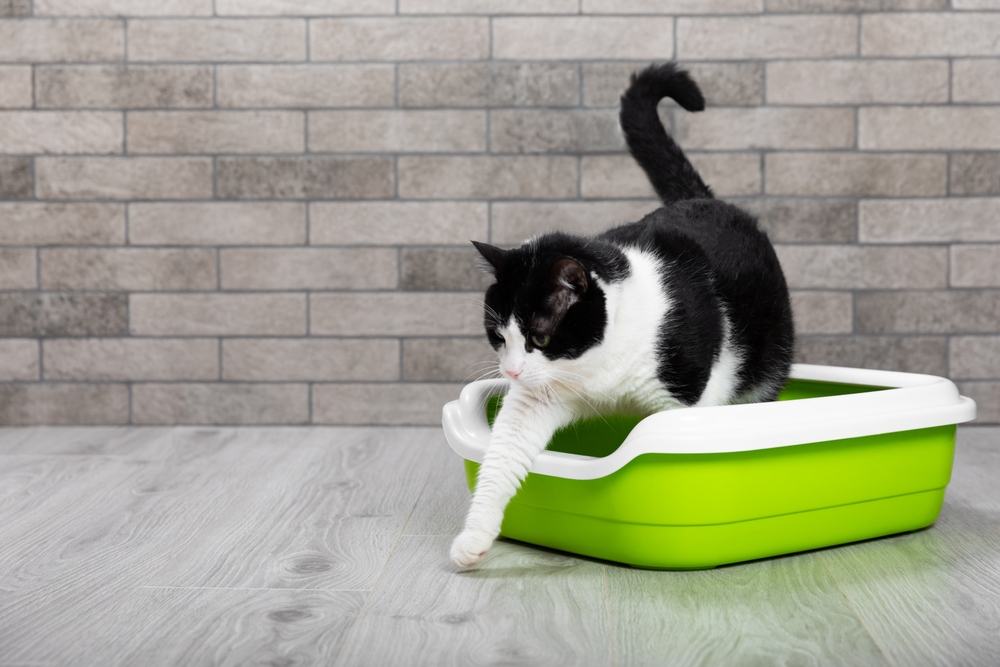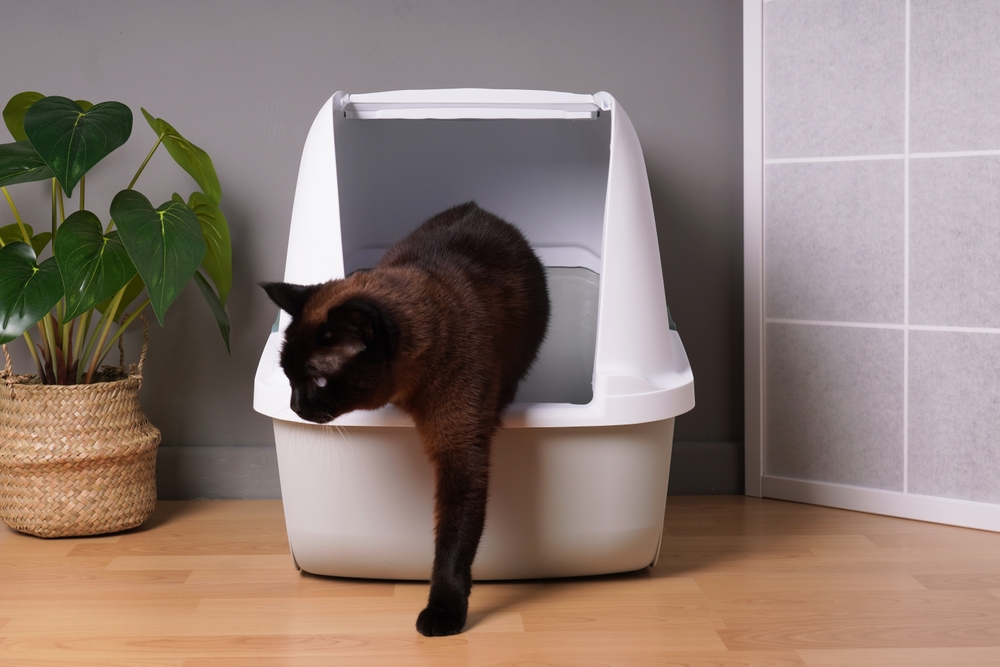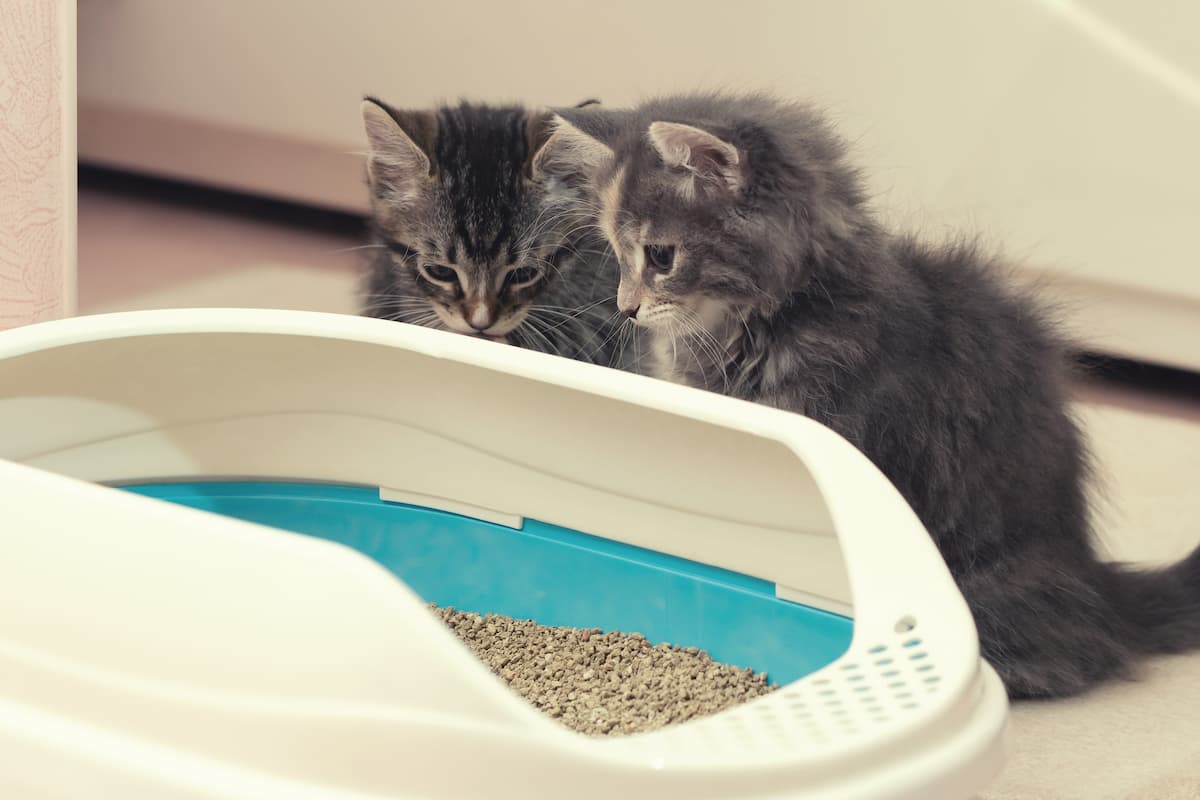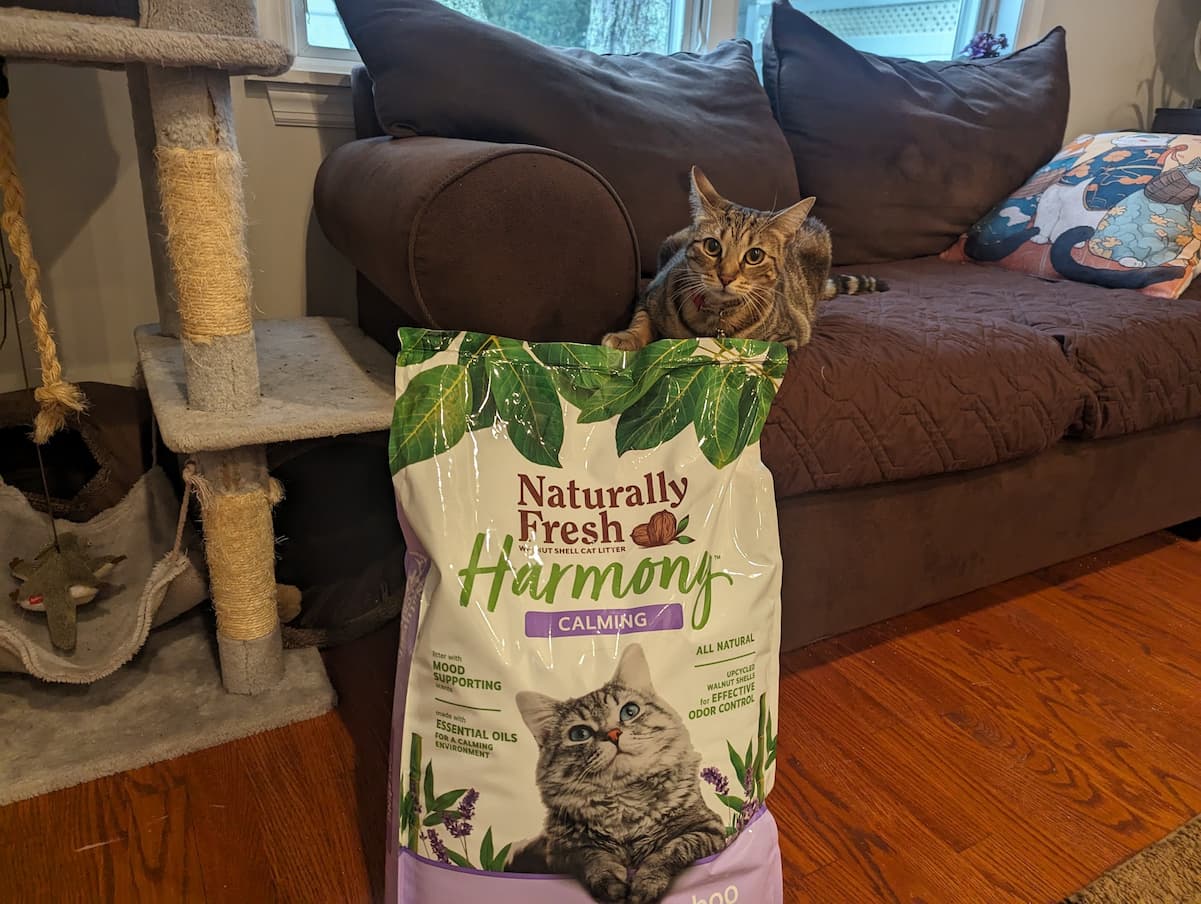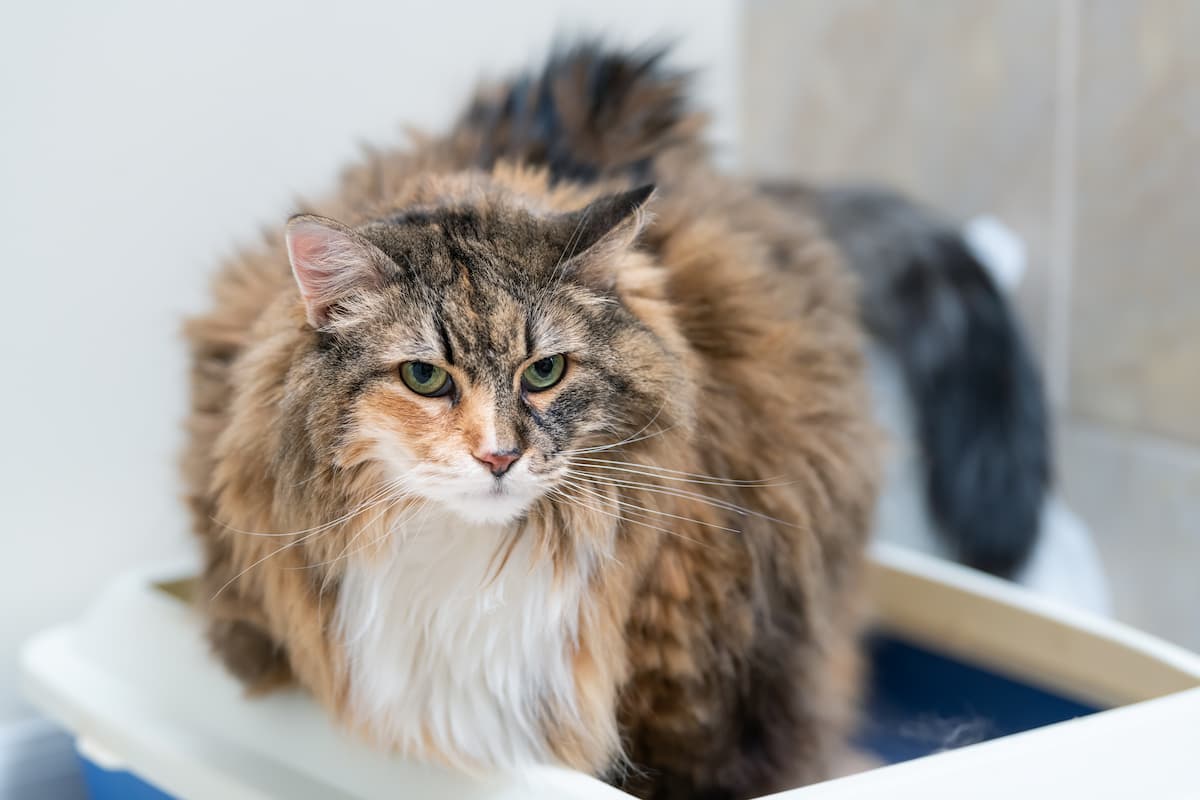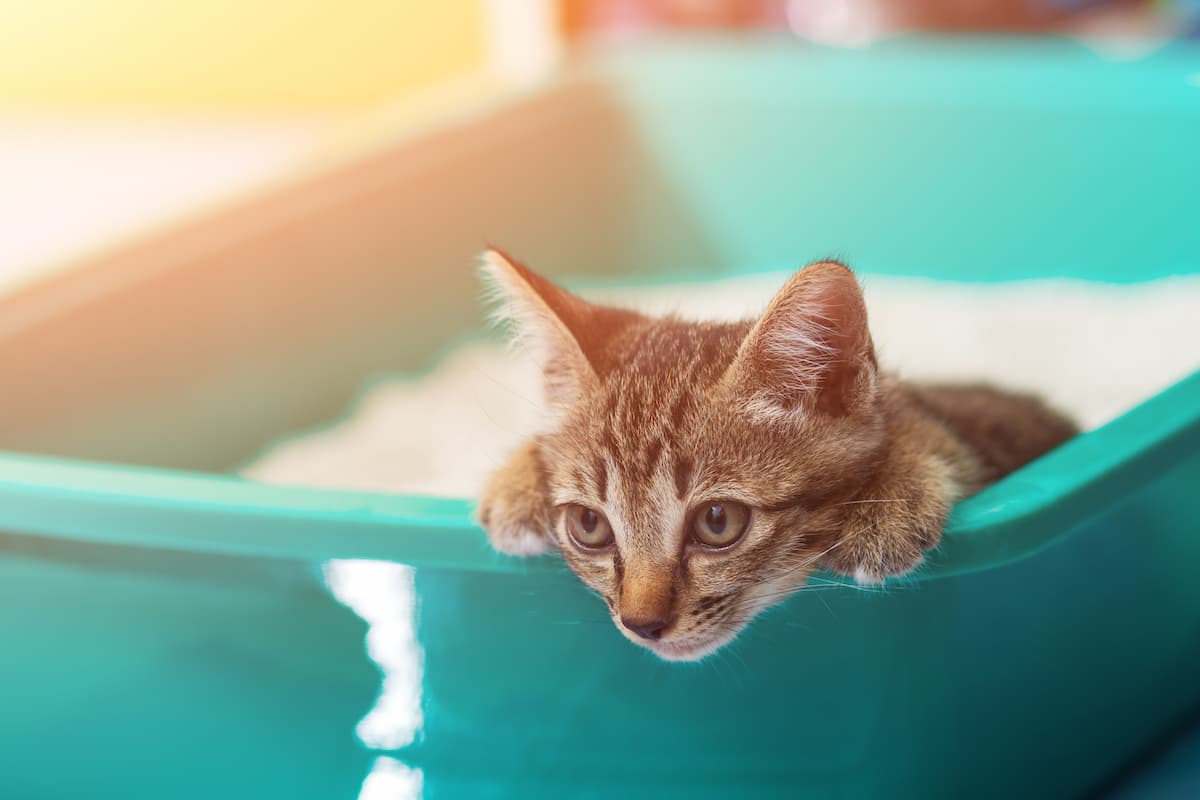Is Silica Safe for Cats? A Veterinarian’s Perspective
Published on April 25, 2025

With a growing awareness among cat owners about the long-term health effects of various chemicals and dust, it’s natural to wonder: Is silica safe for cats?
In this article, we’re digging into the latest scoop on silica-based litter and separating fact from fiction. We’ll also explore the science behind Pretty Litter’s silica gel crystals, what makes them a fan favorite for health-conscious cat parents, and why veterinarians give Pretty Litter their seal of approval.
All featured products are chosen at the discretion of the Vetstreet editorial team and do not reflect a direct endorsement by the author. However, Vetstreet may make a small affiliate commission if you click through and make a purchase.
What is Silica Litter?
Silica cat litter, or crystal litter, is made from a non-toxic form of gel called amorphous silica. This substance is the same as those little “do not eat” packets in shoe boxes and food packaging used to keep items dry. Unlike crystalline silica, which is associated with health risks, amorphous silica is safe for pets.
Pretty Litter is made with this safe and highly absorbent form of amorphous silica gel. The small crystals are excellent at trapping moisture and odors, keeping your cat’s litter box cleaner and fresher for longer.
Let’s break down the types of silica for a better understanding:
Amorphous Silica (silica gel)
- Found in many consumer products
- Used in some crystal-based litters, like Pretty Litter
- Non-toxic and safe for cats (and kittens)
- Highly absorbent for better urine and odor control
- It is NOT linked to cancer or silicosis
Crystalline Silica
- Found in industrial materials like quartz, sand, and concrete
- Can be present in some clay-based cat litters
- Potentially harmful if inhaled in large amounts
- Prolonged exposure (primarily for industrial workers) is linked to severe health conditions like cancer and silicosis
Is Silica Safe for Cats? Let’s Separate Fact from Fiction
When made with amorphous silica, silica litter for cats is considered safe.
Let’s take a closer look at the cat litter safety features that matter:
Dust Inhalation
If you’ve ever changed a clay litter box and been caught in a cloud of dust, you’ve probably wondered: Is this safe to breathe in? Dust inhalation is a genuine concern for humans and cats, especially those with asthma or other respiratory conditions.
Some traditional clay litters contain crystalline silica, which can be harmful when inhaled repeatedly. Pretty Litter, on the other hand, is made from ultra-low-dust amorphous silica, greatly reducing the risk of inhaling dust while still effectively managing odor and moisture.
Ingredient Safety, Ingestion
Clay litters can contain sodium bentonite, a clumping agent that swells when ingested, posing a risk of intestinal blockage. In contrast, amorphous silica is non-toxic and doesn’t expand.
While eating large amounts of litter can cause issues, small accidental ingestion of Pretty Litter is unlikely to harm cats or kittens. It’s made from the same material as moisture-absorbing packets, and the warning is about choking, not toxicity.
Veterinarian-Approved
Pretty Litter’s ingredients exceed veterinary safety standards. It’s free from harmful chemicals and perfumes and formulated with non-toxic materials. Veterinarians often recommend it for its clean ingredients and health-monitoring features.
How Does Pretty Litter Use Silica Differently?
Pretty Litter is designed by cat-loving scientists who’ve taken silica technology to the next level. Here’s how it stands out:
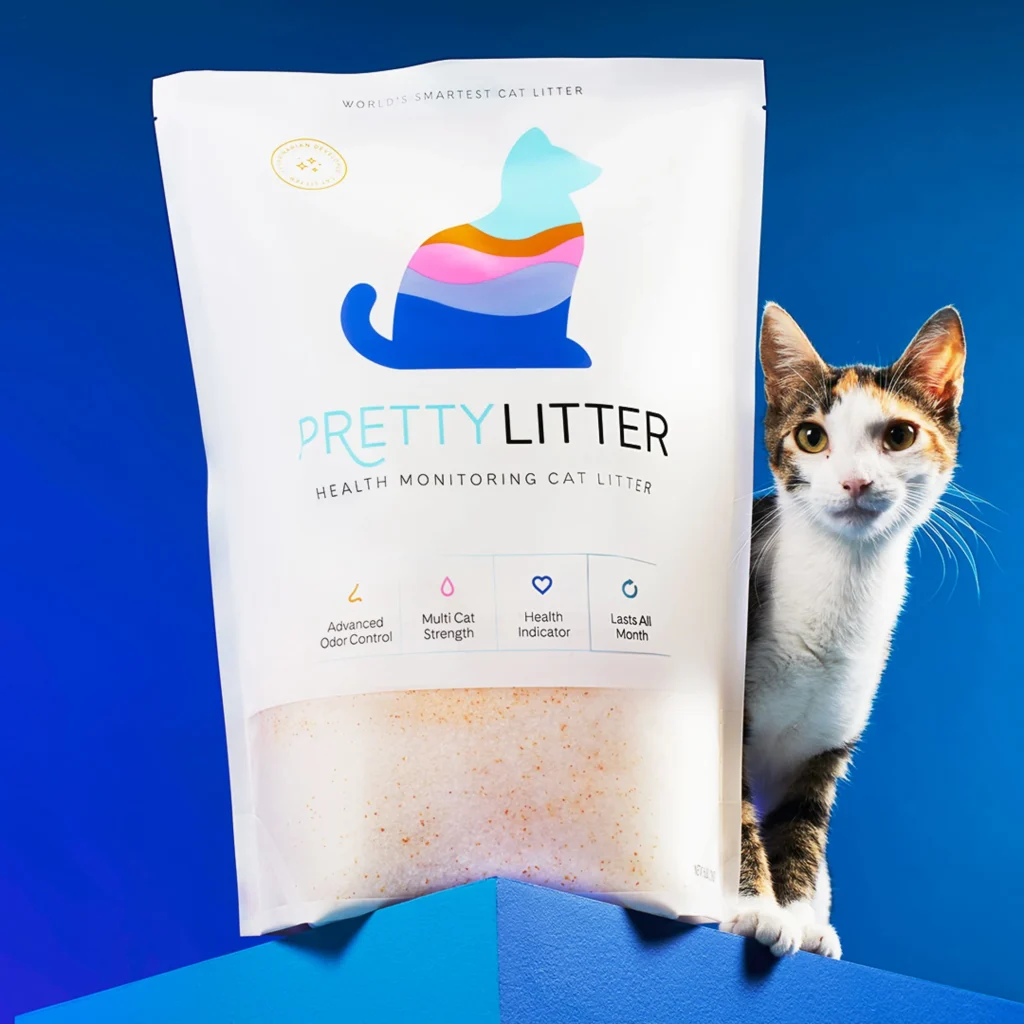
- Highly absorbent: Quickly locks in moisture and odor to keep your cat’s litter box cleaner and drier than many traditional options.
- Ultra-low dust: Supports better respiratory health for both you and your cat.
- Non-toxic: Made with safe, amorphous silica. Free from harsh chemicals and strong perfumes.
- Soft on paws: Fine-grain crystals feel soft and smooth, offering comfort with every step.
- Color-changing technology: Color-shifting crystals respond to changes in your cat’s urine, giving pet parents a visual cue that could indicate urinary or kidney issues early on. Pretty Litter colors are vibrant, and it’s easy to recognize abnormalities.
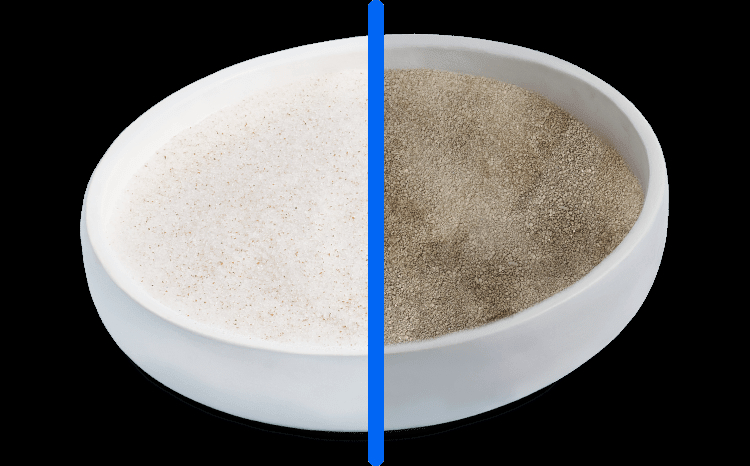
Pretty Litter’s scientists understand how good cats are at hiding signs of illness, so they developed this health-monitoring feature to act as an early detection tool, not a diagnostic one.
While some temporary variations can occur, when color changes persist for over 24 hours, it’s best to check in with your veterinarian. Also, watch your cat’s water intake and urination habits, as both are essential clues to their health.
Of note, color changes aren’t a diagnosis. They’re an awareness tool to guide care, not replace it.
A single bag of Pretty Litter lasts about a month per cat. Since their original formula doesn’t clump, just scoop the poop and stir crystals regularly. Less waste and easier cleanup are bonuses for pet parents.
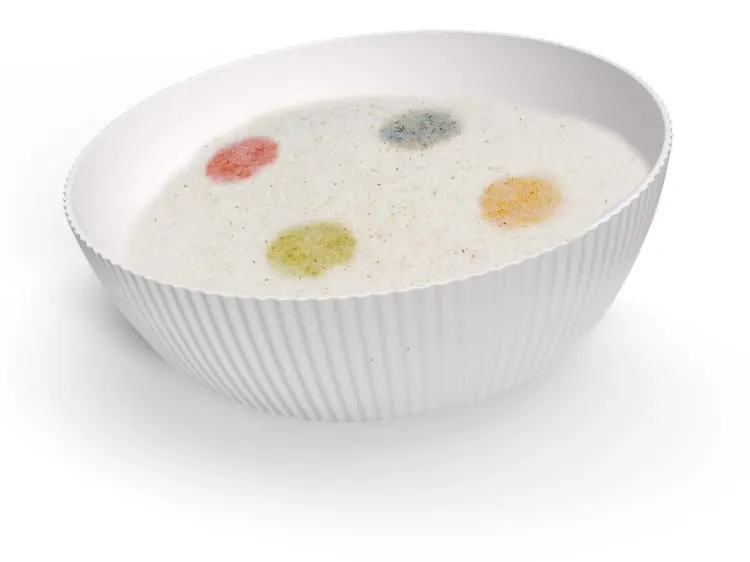
Common Misconceptions About Silica and Cat Litter Safety
When it comes to misconceptions, a few are floating around, so here’s your opportunity to separate fact from fiction.
Myth: All silica is dangerous!
Fact: Not true. All silica is not dangerous. The type is what matters. Amorphous silica, used in Pretty Litter and many consumer-friendly products, is safe.
Myth: It’s too dusty!
Fact: Unlike traditional clay litter, quality brands like Pretty Litter are made with ultra-low dust formulas.
Myth: Crystal litter isn’t safe for kittens or senior cats.
Fact: False! So, if you wonder if silica is safe for kittens, yes, it is. Pretty Litter is non-toxic. When used as directed, it is safe and gentle for all life stages.
Myth: Silica gel causes cancer.
Fact: False! Only crystalline silica is linked to cancer, and it’s not used in Pretty Litter, as Pretty Litter ingredients are trustworthy.
How to Choose the Right Cat Litter for Safety and Health
With safety, health, and cleanliness in mind, look for these key features when selecting a cat litter:
- Low dust – helps pet parents breathe easier
- High absorbency and odor control
- Non-toxic, safe ingredients
- No harsh chemicals and strong fragrances
- Gentle on paws
- Easy cleanup
- Health-tracking features (a bonus!)
- Backed by veterinarians
Tip: Cats can be picky about the texture of their litter, and some may prefer the feel of soft clumping clay litter. To successfully switch to a health-conscious crystal litter, transition slowly by mixing increasing amounts of the new litter with the old over one to four weeks. Watch for litter box avoidance, which may require a slower adjustment period.
Bottom Line: Is Silica Safe for Cats?
Yes, silica is safe for cats when it is the correct type. Silica cat litter made with amorphous silica gel is safe and non-toxic and helps health-conscious cat parents breathe easier (literally and figuratively). When innovative design meets pet wellness, you get a product like Pretty Litter. Its innovative color-changing technology offers insights that may help you spot health issues earlier. Skip confusing choices in the kitty litter aisle and choose a cleaner, veterinarian-recommended litter that provides peace of mind. Now that’s something worth meowing about!

